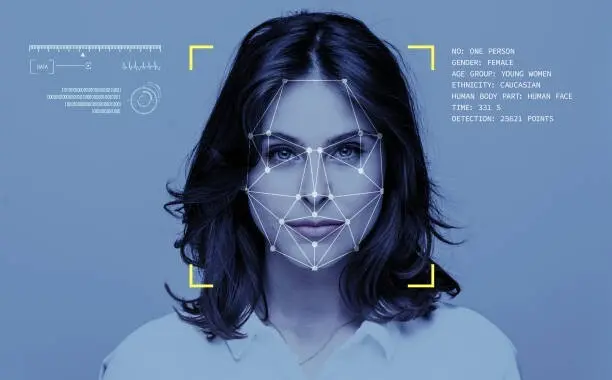Introduction
As a newly minted data science intern at P99SOFT, I was thrilled to dive into the world of computer vision with an ambitious project—predicting a person’s age from their facial images. Driven by a deep fascination for this technology, I embarked on a journey to craft a model that not only performs with exceptional accuracy but also operates efficiently in real-time scenarios. In this article, I’m excited to share the ins and outs of this project, from the choice of a pretrained model to the innovative deployment techniques using Streamlit.
Problem Statement
Predicting age from facial images is a tantalizing challenge that spans numerous applications, from enhancing personalized experiences in digital advertising to improving security systems through age verification. The need for high precision is critical across diverse age groups, setting the stage for developing a model that combines accuracy with swift computational responses.
The Solution
Harnessing MobileNetV2 for Precision in Youth Age Prediction: My focus was on perfecting age prediction for the youthful demographic of 1–20 years. The MobileNetV2, a convolutional neural network celebrated for its balance of efficiency and accuracy, was an ideal choice. By tweaking the model’s architecture to adapt to our specific age group and employing pretrained weights from the vast ImageNet dataset, I was able to refine the model’s ability to discern age-defining features while maintaining a lean computational footprint.
Data Acquisition and Preprocessing
The foundation of any robust model is high-quality data. I curated the UTK Faces dataset, focusing exclusively on individuals between 1–20 years old. To ensure uniformity and optimize processing, I resized the images to consistent dimensions and normalized pixel values, setting the stage for effective model training.
Data Augmentation and Training
To bolster the model’s ability to generalize across new, unseen images, I implemented various data augmentation techniques such as image rotation, shifting, and zooming. Using the Adam optimizer coupled with a mean squared error loss function, the model was trained to pinpoint ages within our targeted demographic with remarkable precision.
Evaluation and Deployment
The model’s prowess was confirmed through stringent testing, where it achieved an impressive 80–90% accuracy for the chosen age bracket. Eager to put this model to practical use, I turned to Streamlit, an excellent platform for deploying real-time applications, allowing users to experience the power of advanced age prediction firsthand.
Improvements and Future Work
While the initial results are promising, the quest for improvement is never-ending. Future endeavors will include expanding the model’s age range, incorporating variables like pose and ethnicity, and experimenting with more sophisticated architectures. These enhancements aim to elevate the model’s applicability and accuracy further.
Conclusion
This project not only marks a significant milestone in my data science career but also underscores my commitment to innovation and excellence in the field of computer vision. By detailing my approach and findings, I hope to inspire other technology enthusiasts to explore and push the boundaries of what’s possible in facial image analysis, contributing to groundbreaking advancements in age prediction and beyond.



